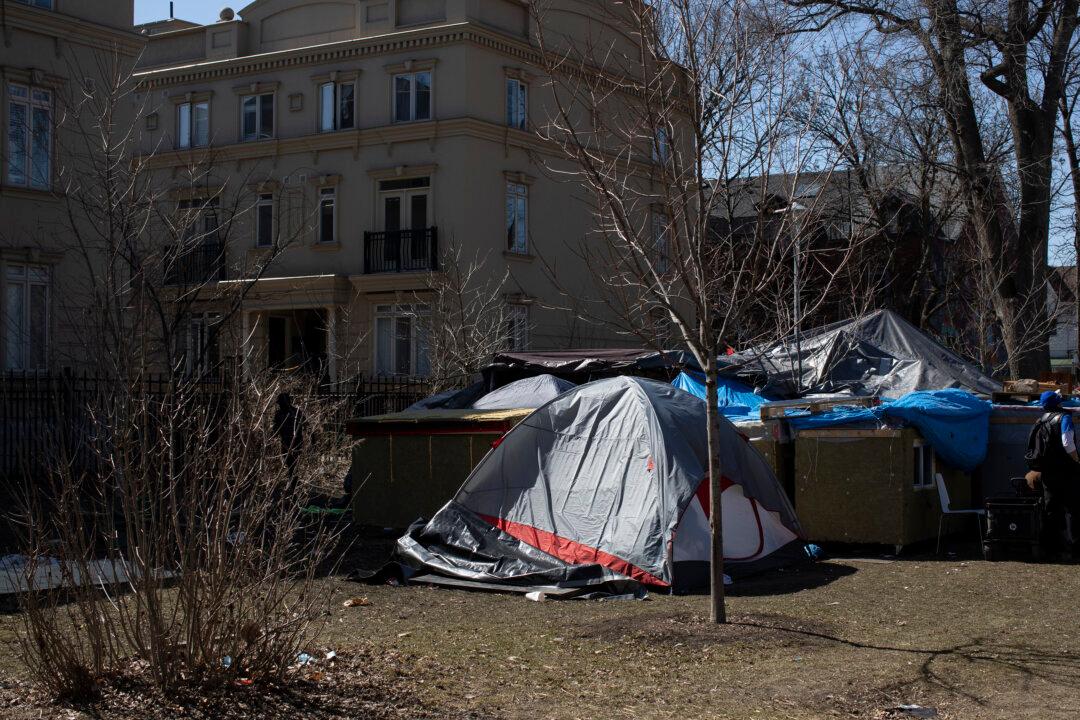Homelessness in Canada continues to rise, even as the federal government spends over half a billion dollars a year to fight it, according to a report by the Parliamentary Budget Officer.
Released by the Parliamentary Budget Officer (PBO), the report says almost all of Ottawa’s funding to reduce homelessness goes to a program called Reaching Home, aimed at funding communities to help reduce homelessness.





